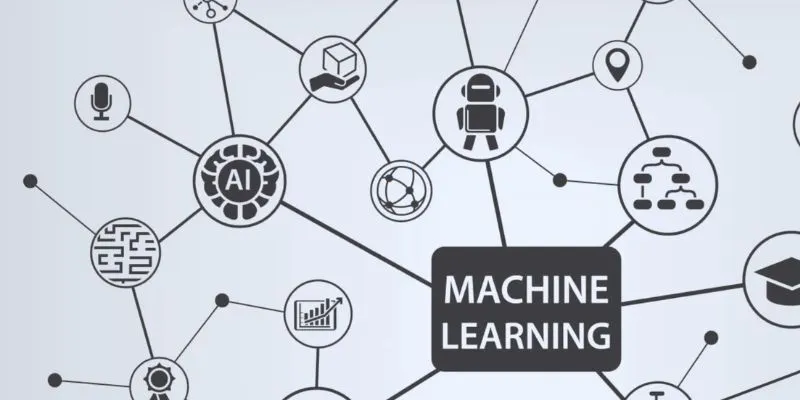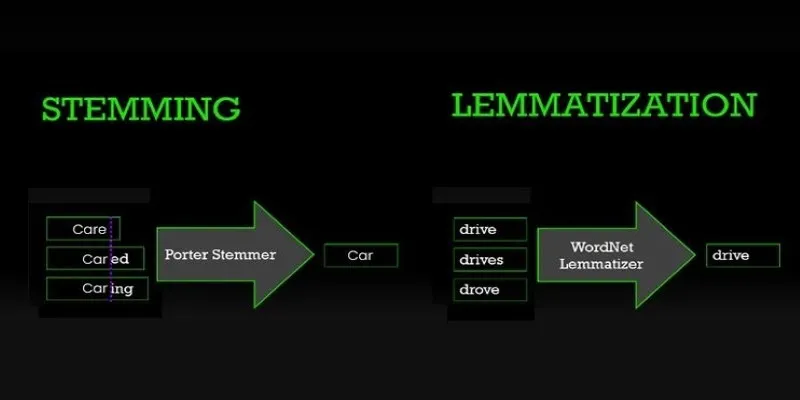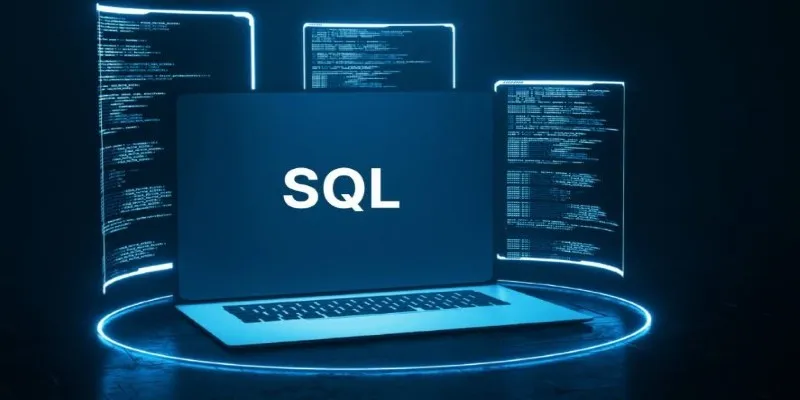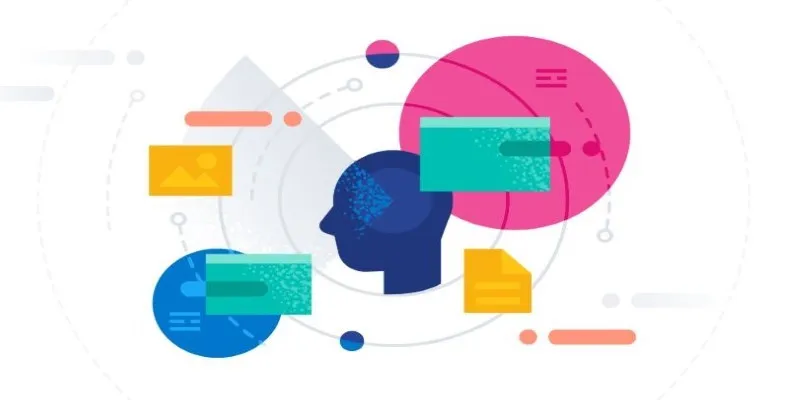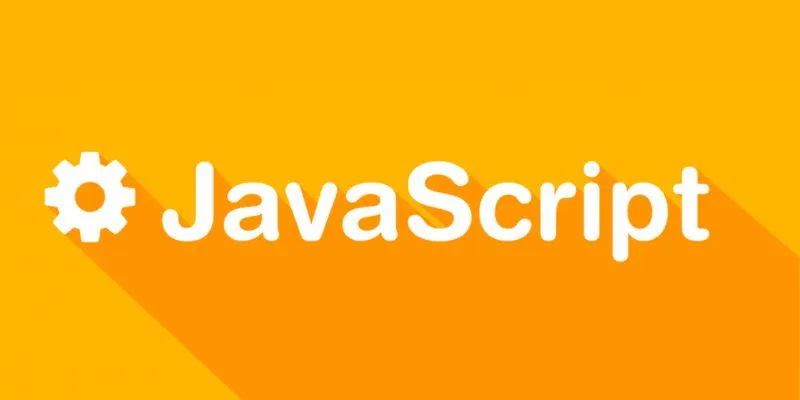Machine learning is now part of everyday development across industries. However, concerns about data security and control often hold teams back from using public tools. Sharing sensitive data on external platforms isn’t always acceptable, especially in fields with strict compliance rules. The Private Hub offers a different approach—one that lets organizations build, train, and manage ML models entirely within their infrastructure. It brings privacy and flexibility to the process without sacrificing the capabilities teams rely on. Instead of pushing data outward, the tools come to you, under your control, in your environment.
What Is the Private Hub?
The Private Hub is a self-contained environment where organizations can manage machine learning assets without exposing data to public services. It supports full ML workflows—training, versioning, dataset management, and model deployment—all from within a secured setup. Whether hosted on-premises or in a private cloud, everything stays behind firewalls or in restricted-access environments.
Even though it’s private, the hub doesn’t limit capability. You can use your preferred frameworks, integrate existing systems, and take advantage of automation, scheduling, and model-tracking tools. From pipelines to pre-trained models, everything is organized in one space that fits your team’s existing tech stack.
A key strength of the Private Hub is how it promotes internal sharing. Teams can reuse curated datasets, fine-tuned models, or processing steps without fear of accidental data exposure. It builds a reliable foundation for collaboration, improving consistency and reducing repeated work. Each component can be documented, versioned, and reused without leaving the organization’s boundaries.
Why Are Organizations Choosing This Approach?
More companies are adopting private machine learning environments because public platforms raise concerns. In industries like finance, healthcare, or defense, strict regulations make it risky to store or process data externally. Even with encrypted transfers and anonymization, compliance rules may prohibit external services from handling sensitive information. The Private Hub offers a safer alternative by keeping everything internal.

It’s not only about regulation—it’s about trust and control. The Private Hub gives teams full oversight of where their data lives, how it’s used, and who has access. There’s no guessing whether a third-party provider is meeting policy standards or handling things responsibly. It shifts control back to the organization and simplifies both internal governance and external compliance.
Performance is often a concern when moving away from shared cloud platforms, but private hubs avoid this tradeoff. Teams can use high-performance clusters, GPUs, and even distributed training strategies. The main difference is that the compute resources are under the team’s control. This flexibility allows for custom setups without vendor lock-in.
Governance improves, too. Every experiment, model update, and data access event can be logged and tracked. This helps with debugging, internal reviews, and audit trails. It also supports better collaboration between departments, making it easier to align development practices across an organization.
How It Improves Machine Learning Workflows
Many public ML tools are designed to be broad and generic. That works for early experimentation but quickly falls short when workflows grow more complex. The Private Hub lets teams design workflows that match how they actually work. That includes choosing the right frameworks, structuring reusable components, and enforcing consistent standards across teams.
Workflows in the Private Hub are often broken into modular units—preprocessing, training, evaluation, and deployment. Each can be saved, versioned, and reused. This modular structure keeps projects maintainable and makes it easier for different teams to collaborate. A research team might create a base model while a deployment team wraps it in a production pipeline. The handoff is seamless because both are working inside the same system.
Experimentation becomes more efficient. Instead of rebuilding pipelines or searching for past results, team members can clone workflows, tweak inputs, and track changes. Each run is logged with configuration, metrics, and outputs, making comparison and rollback simple. That encourages iteration while keeping everything reproducible.
Integration is another practical strength. The Private Hub doesn’t lock teams into a fixed stack. You can connect it with your object storage (like S3 or GCS), run jobs on your Kubernetes cluster or existing job scheduler, and monitor processes using tools you already know. That adaptability helps teams avoid unnecessary migrations or tool replacements.
Automation is fully supported but customizable. Teams can set up CI/CD for ML, validating data, testing models, and deploying only when specific thresholds are met. These automated checks keep quality high and reduce manual steps. And since the pipelines live inside the same environment, everything remains secure and traceable.
The Bigger Picture: Collaboration Without Risk
The Private Hub represents a shift in how machine learning is adopted in larger or more sensitive environments. Instead of sending data out to public tools, it brings the tools to the data. This changes how collaboration works. Teams across departments can share models, pipelines, and datasets in a way that feels safe and manageable. They don’t need to re-implement solutions or hunt down old code—they can find what’s already been done and build on it.

It helps with onboarding, too. New team members can see how things were built, which experiments succeeded, and where improvements are needed. That shared context saves time and spreads institutional knowledge more effectively. Every step is documented inside the hub, not hidden away in personal notebooks or private repos.
Organizations that already have ML workflows in place benefit from the structure and governance that the Private Hub provides. It enforces best practices without being rigid, supports flexibility without compromising on control, and encourages reusability without exposing data. For teams working on long-term or high-stakes projects, this structure keeps efforts focused and consistent.
Conclusion
The Private Hub offers a new way to manage machine learning securely. It keeps data, code, and infrastructure under full organizational control while supporting model development, testing, and deployment. As machine learning becomes routine across industries, secure and customizable environments are no longer optional—they’re expected. The Private Hub meets this need by combining privacy, flexible workflows, and smooth internal collaboration. For teams aiming to scale ML efforts without giving up control, it offers a reliable path that balances performance with security.
 zfn9
zfn9
